Pull up a chair and I'll tell you the unlikely story of what happened on an early summer morning. America's headlines that day were dominated by two ugly shootings -- one on the east coast, at a congressional baseball game practice, and one on the west coast, at a UPS office.
Yet here, in the middle of our country, I was able to witness, on that same day, something beautiful. Something beautiful, that is, which rose from the ugliest chapter in history. I saw children and senior citizens from different cultures, religions, races, and worlds -- who lived only blocks apart yet had never met -- come together and connect through their shared humanity.
The players in this story form an unlikely combination: fourth- and fifth-graders from Bret Harte, a predominantly black elementary school in Hyde Park; and senior residents at Montgomery Place, the school's neighboring senior retirement community.
Like so many good stories, this one begins with a mitzvah. You see, earlier in the spring, the students had found themselves $500 short of the funds they needed for their school trip to Springfield. When the Montgomery Place seniors heard that the kids were in a financial bind, they donated money they had raised from rummage sales, so that all the students could make the trip to the state capital.
Upon their return, the students and their teacher visited the senior residents to say thank you, and over lemonade and cookies, they made some new friends. During their visit, Muriel Rogers -- the feisty Jewish activities chair and resident at Montgomery Place -- led the children on a tour, stopping by the chapel, where the residents hold interdenominational religious services.
When Muriel told the students that some of the Jewish residents celebrate Shabbat services in the chapel, one of the children asked her if she had been in the Holocaust. She said she hadn't -- in fact, she was born and raised in Chicago -- but that her late husband had fled Frankfurt just before the war, and that some of the other Jewish residents had escaped from Europe in the nick of time, too.
The children, only a few of whom had ever heard of the Holocaust, said they wanted to learn more from the survivors. So the residents arranged a follow-up visit for the children to return -- and invited me to join them.
In advance of the program, their teacher, Nikkol Turley, helped the students research the Holocaust; and, to her more accelerated readers, she recommended two books: The Diary of Anne Frank and The Boy in the Striped Pajamas.
When the students and the seniors met for their program, the survivors -- Marianne Dreyfus, Walter Falk, Evi Levin, Hedy Turbull, and Lucille and Henry Wolf -- were candid with the children. Almost all had escaped Germany as children -- some around the same age the Hyde Park students are now -- on the Kindertransport to England just before the war. Though they were not themselves deported, they were separated from their families, almost all of whom would later be murdered in the camps.
Before the program began, Muriel explained to all of us that this was a time set aside for only the students, not the adults in the room, to ask the survivors questions. "Don't be afraid to ask a question that's inappropriate," she reassured the children.
Then, with no other preface, all 25 of the students spent the next hour asking the survivors questions.
These young children, with souls older than their chronological age, thought up questions, some of which I'd never heard in my many past encounters with survivors:
"If the Holocaust didn't happen, would you not have left Europe?"
"Did you keep journals like Anne Frank did?"
"Was your faith affected by the Holocaust?"
"How did the Nazis know you were Jewish?"
"Did they call it the Holocaust when it was happening -- or not until after?"
"Why were they so inhuman to the Jews?"
We know all too well that the last question certainly isn't new: Why is there hate?
Although the survivors and students come from different places, both communities know something about the subject of hate and discrimination. During the course of their conversation, the students offered to come back some day to speak to the residents about the black experience and the racism they have faced in their own young lives.
If we could all spend more time with people who don't look like us -- whether black or Jewish, young or old -- maybe there would be less hate in the world, even on congressional baseball fields and at UPS stores.
Maybe then, we would find that we're really not so different at our core. And maybe that's the most important, and the most rare and beautiful lesson to learn -- amid the racism and hate of today, and from the tragedies of the past.


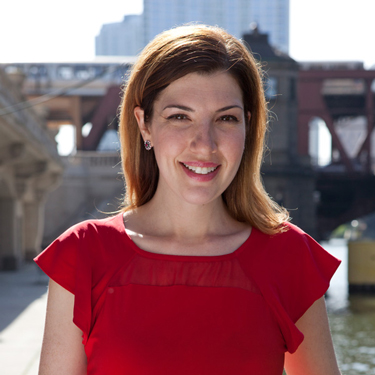

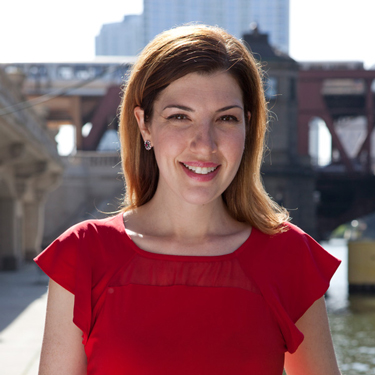

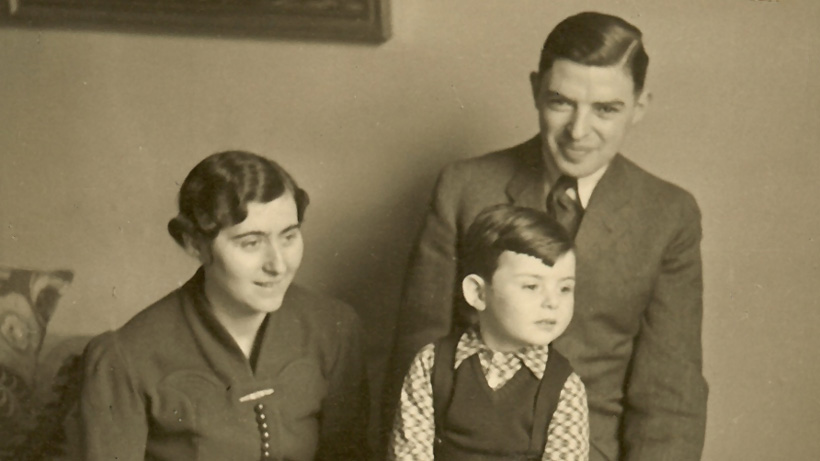
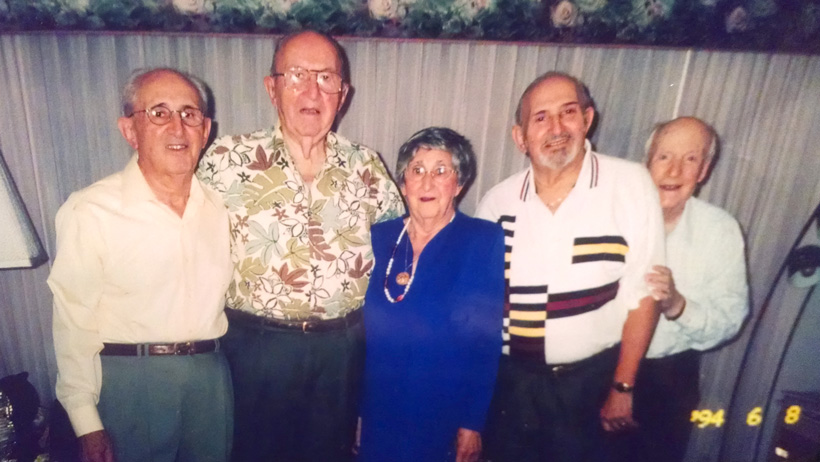
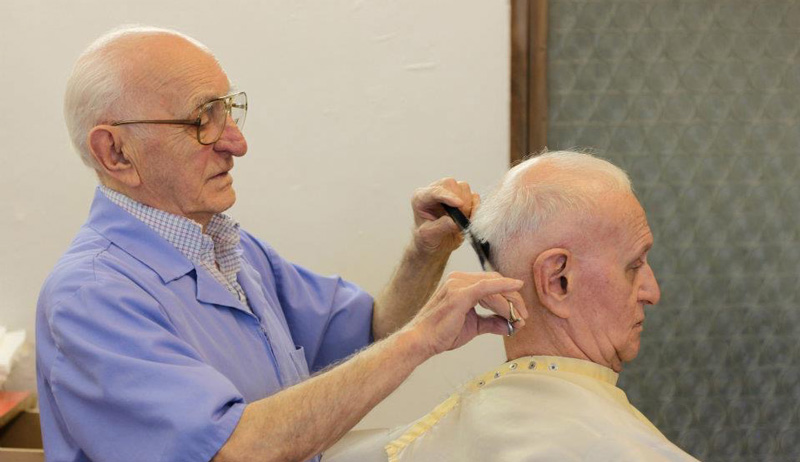

.jpg)



